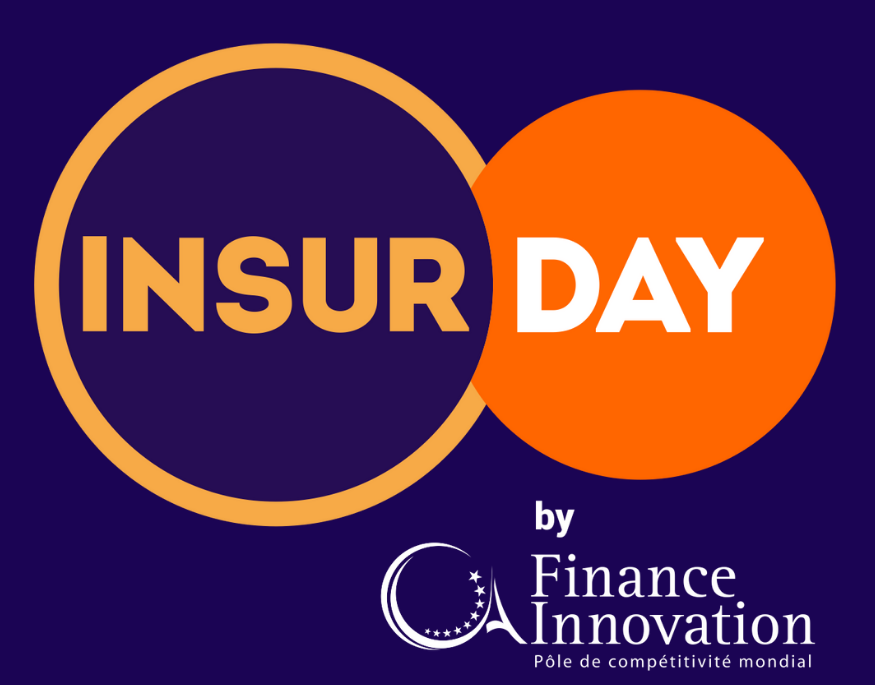Fraud is ranked as one the top 5 most urgent issues for insurers today. Organized insurance fraud in particular poses major challenges for analysts trying to detect and investigate fraudulent activity. In a context where organized fraud is constantly evolving, what solutions are there?
 Linkurious co-founder Jean Villedieu participated in a roundtable at InsurDay 2021 to discuss the question with Nicolas Aurick, Digital Transformation Manager at Groupama Centre-Atlantique, moderated by Alexandre Jeanney, Program Director at French Assurtech.
Linkurious co-founder Jean Villedieu participated in a roundtable at InsurDay 2021 to discuss the question with Nicolas Aurick, Digital Transformation Manager at Groupama Centre-Atlantique, moderated by Alexandre Jeanney, Program Director at French Assurtech.
In the context of massive digitization, insurance fraud has become more organized and more professionalized, says Nicolas Aurick. Fraudsters increasingly operate in groups and on a large scale. And while small-time fraud is also a recurring problem, organized insurance fraud is what costs organizations the most—billions of dollars annually, according to estimates.
There are countless ways organized groups of criminals might defraud an insurer. A ring of fraudsters using fake or synthetic IDs could take out housing insurance policies and then falsely declare water damage. Or, a group of bad actors might team up to file fake road traffic accident claims. And new schemes emerge all the time.
Fraud rings operate like professional organizations. They make every effort to fly under the radar and go undetected. For insurance analysts, spotting these patterns and schemes represents a major challenge.
The analysts working with insurance fraud cases have a hard time accessing their data and the connections within that data, says Jean Villedieu. Graph technology brings a powerful solution to analysts. It connects data on multiple levels, enabling users to see claims that are connected by certain elements. From those connected elements, fraud patterns that would have been difficult to see using traditional detection and investigation methods become clearly visible to analysts. It’s easier and faster to stop sophisticated fraudsters in their tracks.
How to get started with graph technology for insurance fraud? “There’s a progressive process in handling data,” says Jean Villedieu. “With our clients, we proceed by steps, starting with the most problematic types of fraud, and then doing agile iterations to expand their efforts.”
Finally, Alexandre Jeanney broached the subject of data sharing and industry-level collaboration as holding a lot of potential for combating fraud. Such collaboration requires a lot of care to protect individual privacy, says Jean Villedieu. But it’s an atomic weapon against fraudsters.
Learn more about how graph technology can be a powerful arm against organized insurance fraud in the Insurance Fraud Handbook.
A spotlight on graph technology directly in your inbox.